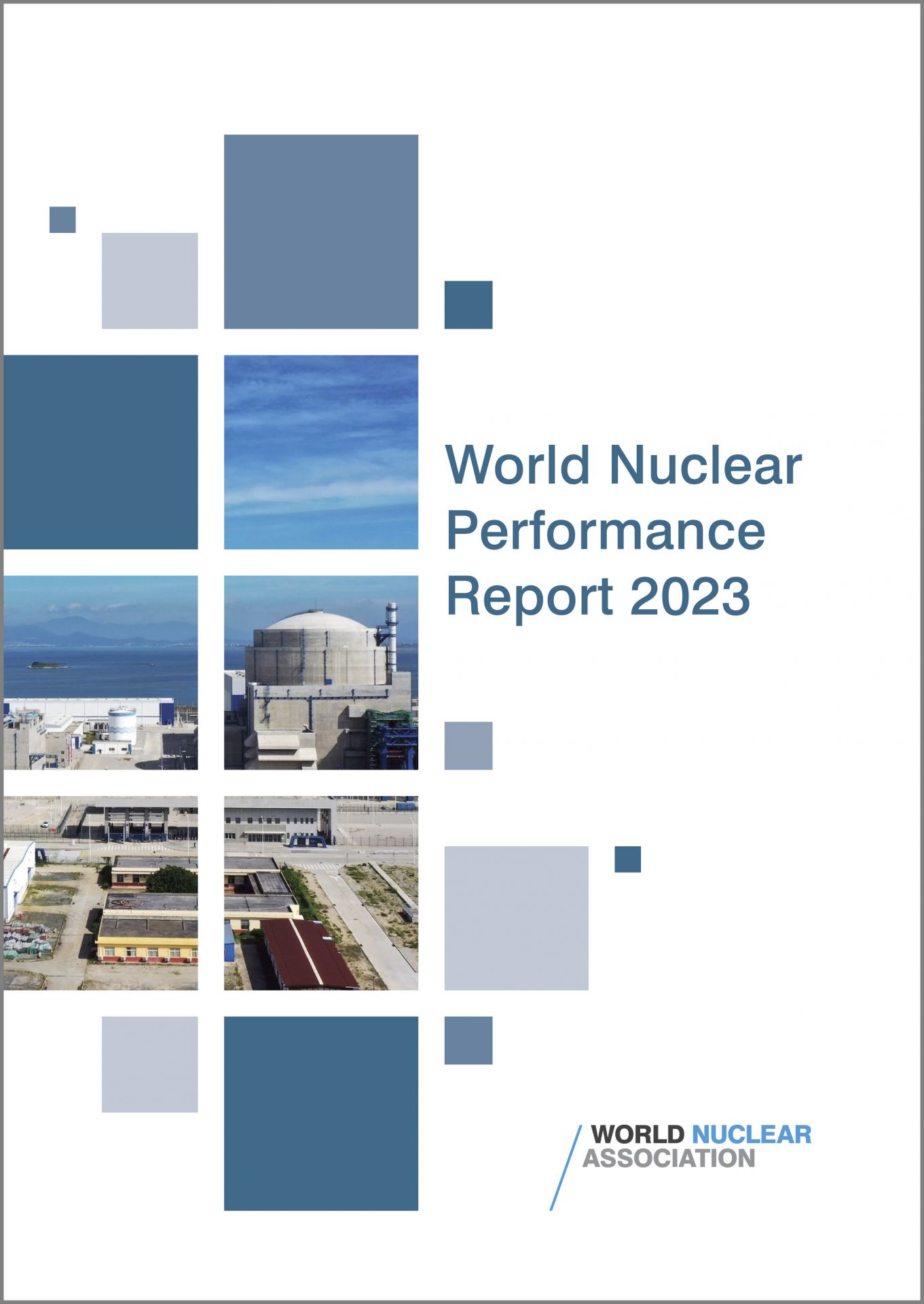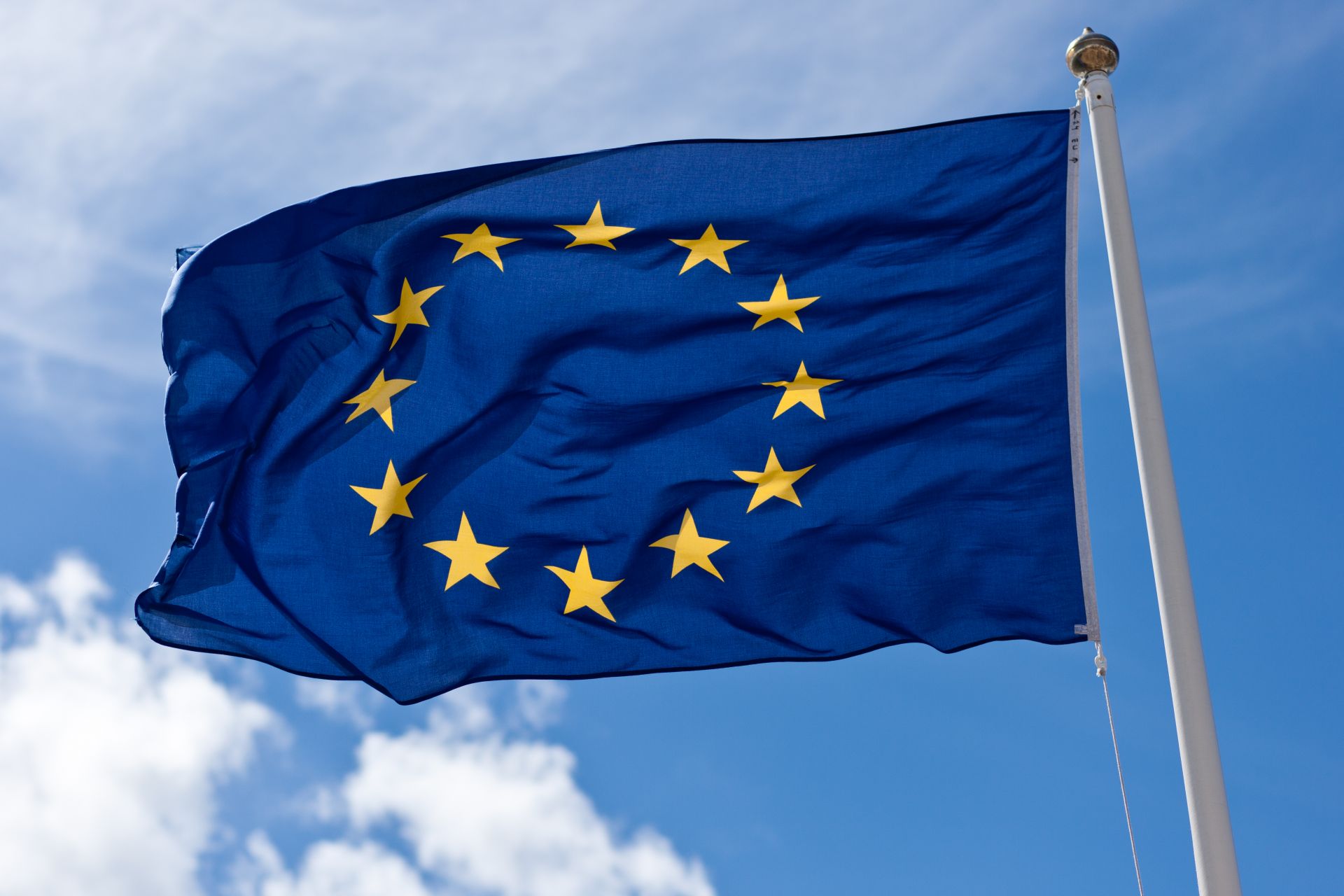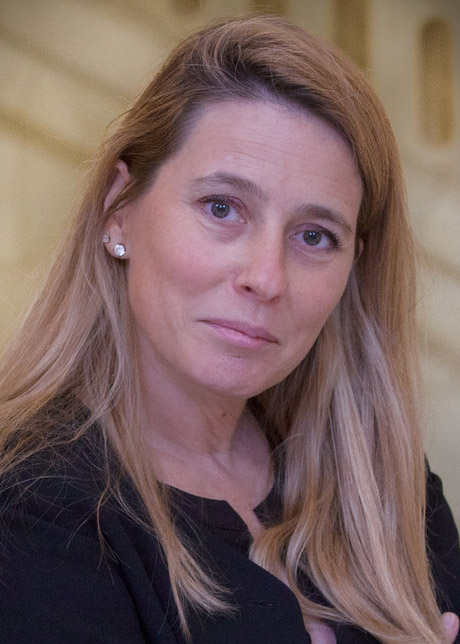Representatives of six nuclear organizations sign a declaration in Sapporo, Japan. Seated, left to right, are George Christidis (representing CNA chief executive officer John Gorman), Shiro Arai, Maria Korsnick, Tom Greatrex, Yves Desbazeille, and Sama Bilbao y León. (Photo: World Nuclear Association)
G7 governments should support life extension for today’s power reactor fleet, restart operable units, and accelerate the deployment of advanced reactors, states a joint declaration issued April 16 at the Nuclear Energy Forum, a first-of-its-kind colloquy held on the margins of the G7 Ministers’ Meeting on Climate, Energy and Environment in Sapporo, Japan.
The European Union flag. (Photo: Håkan Dahlström, Wikicommons)
In a much-anticipated vote yesterday, EU lawmakers voted down a resolution objecting to the European Commission’s proposal to add nuclear energy and natural gas to the list of green technologies covered by the EU taxonomy—the classification system used by the European Union to steer private investment toward environmentally sustainable economic projects.
The vote, held during the European Parliament’s July 4–7 plenary session, was 328 opposed to the resolution, 278 in favor, and 33 abstaining. An absolute majority—353 members—was required for the resolution to be passed and the proposal vetoed.
Finland’s Olkiluoto-3. (Photo: TVO)
Europe’s first EPR, Unit 3 at Finland’s Olkiluoto nuclear power plant, was connected to the nation’s grid on March 12, Teollisuuden Voima Oyj (TVO), the facility’s owner and operator, has announced.
Olkiluoto-3 is also the first new Finnish reactor in four decades, and one of only three new reactors in Europe in the past 15 years. (Romania’s Cernavoda-2 began supplying electricity to the grid in August 2007, and Belarus’s Belarusian-1 in November 2020.)

 The World Nuclear Performance Report 2023 has been released by the World Nuclear Association (WNA), containing a mix of positive and negative news about the global nuclear power industry. On the positive side, according to the report, nuclear energy in 2022 supplied approximately 10 percent of the world’s electricity and roughly 25 percent of low-carbon clean electricity (second only to hydropower). On the negative side, the total amount of electricity supplied by nuclear energy declined by 4.2 percent in 2022 compared with the previous year, and the nuclear industry as a whole is “not growing fast enough to address the challenges of ensuring energy security, tackling climate change, and providing access to clean energy for all,” said WNA director-general Sama Bilbao y León in remarks at the launch of the report.
The World Nuclear Performance Report 2023 has been released by the World Nuclear Association (WNA), containing a mix of positive and negative news about the global nuclear power industry. On the positive side, according to the report, nuclear energy in 2022 supplied approximately 10 percent of the world’s electricity and roughly 25 percent of low-carbon clean electricity (second only to hydropower). On the negative side, the total amount of electricity supplied by nuclear energy declined by 4.2 percent in 2022 compared with the previous year, and the nuclear industry as a whole is “not growing fast enough to address the challenges of ensuring energy security, tackling climate change, and providing access to clean energy for all,” said WNA director-general Sama Bilbao y León in remarks at the launch of the report.


.jpg)

